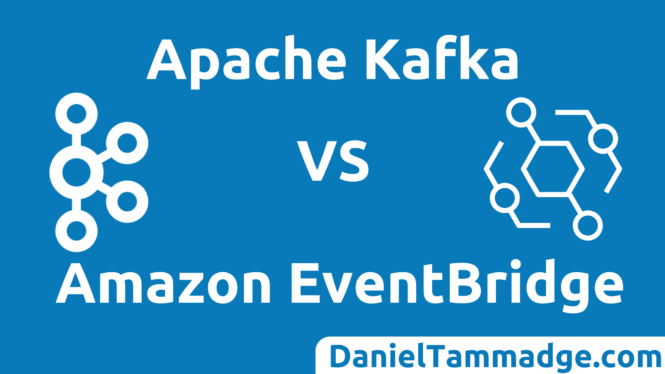
Understanding the key differences between Apache Kafka and Amazon EventBridge is vital for developers and architects designing modern, event-driven architectures. These platforms are foundational to creating scalable, flexible applications, each excelling in distinct scenarios. This guide aims to illuminate the unique features and use cases of Kafka and EventBridge, helping you make an informed decision tailored to your project’s needs.
Apache Kafka: A Deep Dive into High-Volume Event Streaming
Apache Kafka stands out as a distributed event streaming platform, renowned for its high throughput, durability, and scalability. At its core, Kafka operates as a sophisticated commit log, organizing data into topics. Topics act as specific channels for event streaming, partitioned into immutable, ordered sequences that ensure data integrity and order. This structure allows for multiple consumers to subscribe and process events from topics of interest efficiently.
Key Features of Apache Kafka:
- Scalability and Performance: Designed to handle millions of events per second, Kafka is the backbone of high-volume data pipelines.
- Reliable Storage: Events are stored on disk, allowing for durable persistence and the possibility of replaying historical data.
- Flexibility in Consumption: With the concept of consumer groups, Kafka enables load balancing and parallel processing across consumers.
Amazon EventBridge: Simplifying Event Integration and Routing
Amazon EventBridge revolutionizes event management as a serverless, fully managed event bus service. It abstracts away the complexities of direct service integrations, enabling applications to publish and respond to events seamlessly. EventBridge facilitates the routing of events from a variety of sources to designated targets without requiring publishers to be aware of the destination specifics. This level of indirection allows for a loosely coupled architecture, enhancing application scalability and adaptability.
Key Features of Amazon EventBridge:
- Serverless Efficiency: EventBridge removes the operational overhead, offering a seamless integration experience.
- Advanced Routing and Filtering: Targets can specify detailed routing and filtering rules, ensuring only relevant events trigger actions.
- Broad Service Integration: Natively integrates with AWS services and SaaS applications, streamlining workflow automation and response to events.
Making the Comparison: Kafka vs. EventBridge
The choice between Apache Kafka and Amazon EventBridge hinges on your specific architectural needs:
- Volume and Processing: For systems that require handling and processing massive streams of data in real-time, Apache Kafka’s robust infrastructure offers unparalleled performance.
- Integration and Management: Amazon EventBridge excels in scenarios where ease of use, serverless architecture, and seamless integration with AWS services and external applications are paramount.
- Event Storage and Replayability: Apache Kafka natively supports the storage and replay of events, offering an out-of-the-box solution for applications that rely on the analysis of historical data. On the other hand, Amazon EventBridge introduces the ability to archive and replay events as an added feature, aimed at complementing its core competency in the real-time routing of events, though this necessitates additional configuration to activate.
In practice, I’ve leveraged both Kafka and EventBridge in system designs to harness their strengths in different contexts. For example, bounded contexts within domain services might use Kafka for internal event streaming, while Amazon EventBridge can serve as an intermediary to filter and route selected events from Kafka to other systems or services, adapting to evolving business requirements without code changes—merely by updating routing rules and filters.